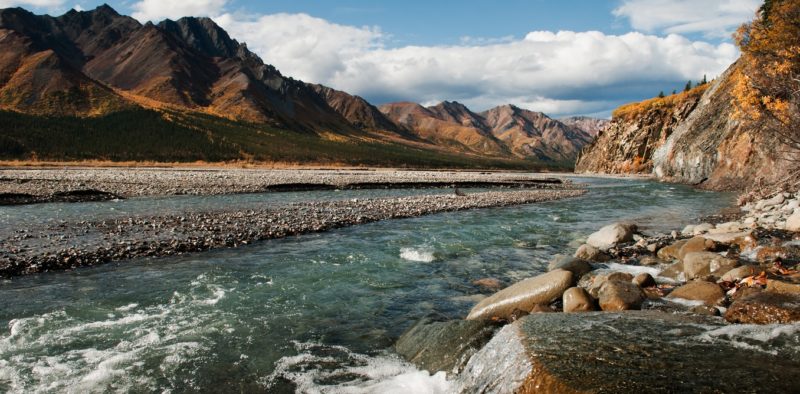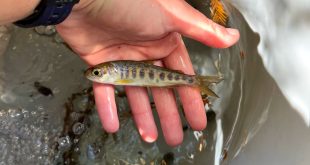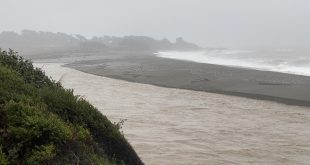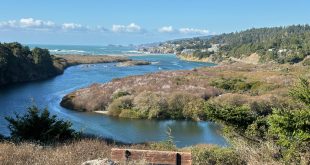
by Ric Hauer, Professor of Limnology, The University of Montana
Copyright © 2016, The Conversation US, Inc.
[excerpt:]
Although they may not commonly be viewed as hotspots for biodiversity, gravel-bed river floodplains are by far the most important feature for nature across the landscapes of western North America.
This is because gravel-bed rivers disproportionately create high diversity of habitats, concentrate nutrients for growth, and provide corridors to link populations of species that would otherwise become isolated.
More than just river channels carrying water off the landscape and channels used by fish, gravel-bed rivers are essential to the life requirements of a wide variety of aquatic, avian and terrestrial species from microbes to grizzly bears.
What’s more, in a recently published article authored by myself and interdisciplinary team of colleagues, we found that gravel-bed river floodplains will be critically important for native species under the increasing pressures of climate change now and in the future.
. . .
In the gravel-bed rivers themselves, trout and salmon feed on aquatic insects that live on the river channel bottom. Fish also eat the insects that live hundreds of meters out from the river channels in the gravels of the floodplain and that migrate back to the channel to emerge as adults. [emphasis added]
. . .
To read the entire article, visit The Conversation: Why river floodplains are key to preserving nature and biodiversity in the western US
 Friends of Gualala River Protecting the Gualala River watershed and the species living within it
Friends of Gualala River Protecting the Gualala River watershed and the species living within it


